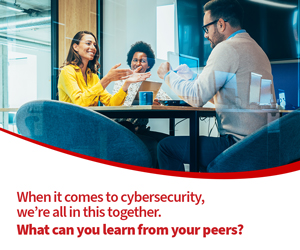1. What Are Biometrics?
Using face recognition or fingerprints to access critical applications can eliminate password fatigue. A quick touch of the sensor when moving between patient rooms is all it takes — no gloved typing required. And staff can’t forget their own face at the workstation.
2. How Do Magic Links Work?
With a single click on a verified email link, users are instantly logged in to the patient portal, eliminating the frustrating cycle of forgotten passwords that often burdens healthcare workers. This method is ideal for environments where access is needed only occasionally, allowing busy staff to focus on patient care rather than managing complex login credentials.
READ MORE: Unlock modern healthcare security using passwordless capabilities.
3. What Are the Benefits of Smart Cards and Tokens?
Physical tokens that generate secure codes can eliminate password management headaches from busy workflows. Nearly impossible to hack remotely, they offer a major advantage for HIPAA compliance and peace of mind during audits. Employees simply tap or plug in the token for instant authentication.
4. How Do Persistent Cookies Work?
A user’s browser can automatically maintain authentication status, eliminating frustrating repeated login interruptions that compromise patient care workflows. Persistent cookies work silently in the background: Staff never have to think about authentication, just as it should be in a fast-paced medical environment.
5. Why Use Text Messaging or App Codes?
Users can receive a code on their smartphone, enter it once and access patient charts without entering a password. This eliminates the sticky-note approach rampant in healthcare. Employees love how simple it is to use, and it requires no training. Plus, it works on familiar devices.
UP NEXT: SSO streamlines identity management to improve healthcare workflows.











